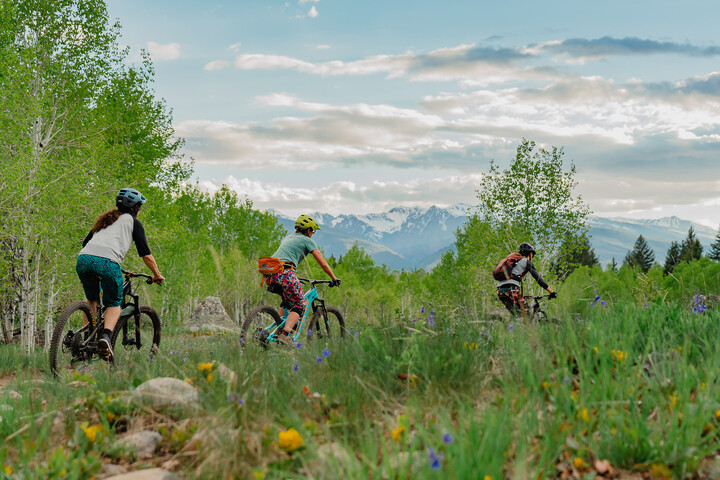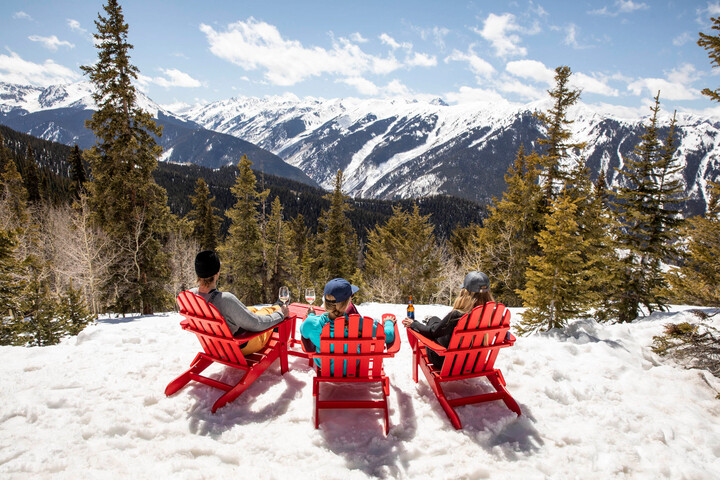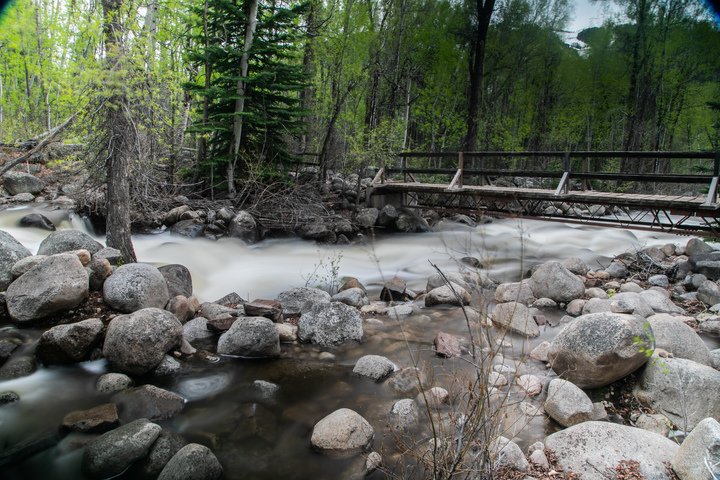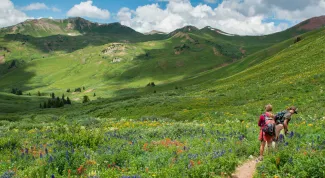Aspen sits close to 8,000 feet, one of the most elevated cities in the United States. While many visitors are not affected by the altitude at all, some visitors notice the altitude and may experience symptoms including headaches, tiredness, shortness of breath, disturbed sleep, and nausea, among others.
How To Guides
Adjusting to Altitude
Alleviating Signs of Altitude
- For starters, when you first get to Aspen, take it easy on the exercise and alcohol. Give your body ample time to properly acclimate.
- Turn on a humidifier in your bedroom to alleviate dryness while you sleep.
- Before coming to altitude, and in the first few days, drink extra water, eat more carbohydrates, and if you can, ascend gradually by spending a couple of nights at an intermediate altitude first.
- Water is the number one way to help your body adjust to our high and dry air. You need to drink twice the amount of water here as you would at home.
- Avoid alcohol and caffeine, as they can dehydrate you.

Altitude Sickness
- If you have minor altitude sickness, the symptoms should subside with time. However, in the days following your arrival, should you develop flu-like symptoms, violent headaches, vomiting, vertigo or unconsciousness seek medical help immediately.
- If you are hiking and you develop these symptoms, descend to a lower elevation immediately, and call for help.
- Symptoms including shortness of breath, weakness, and a cough can point towards high altitude pulmonary edema (HAPE) and may have serious complications if left untreated even for a short amount of time. Extreme fatigue, drowsiness, confusion, and loss of coordination can indicate high-altitude cerebral edema (HACE) and should not be ignored; seek medical help.

Extra Air
- Visitors who book a spa treatment at the Remede Spa at The St. Regis Resort Aspen can utilize their oxygen lounge before or after their treatment.
- OxygenNow is the a locally physician-run business that delivers oxygen to your door and has a portable pharmacy for altitude symptoms.
- Centrally located in downtown Aspen, Base State Longevity is a locally owned health optimization studio that provides a variety of treatments to ease your adjustment altitude in a relaxing environment.
- Need an O2 boost? Rescue Lounge in downtown Aspen provides oxygen for a small fee.
- Carl’s pharmacy on Main Street sells non-medical-grade oxygen boosters.

Aspen Weather
- Aspen is located at 7,908 feet above sea level giving us a high alpine climate with low humidity & year-round sunshine. We receive almost 300 days of sunshine a year!
- Always dress in layers when you are in Colorado. The weather can change rapidly and you want to be prepared.
- Remember sunscreen and sunglasses - you are closer to the sun (even on a cloudy day) at 7,908 feet above sea level!
- Summer in Aspen begins in June and ends Labor Day weekend when fall begins. Summer showers or thunderstorms often occur in the afternoons, but they do not last long and the rainbows are not to be believed! Temperatures during the day will reach into the 80s, but evenings are cooler so be sure to bring a sweater with you when walking around town at night.
- Fall in Aspen is very dry and daytime temperatures in September can reach into the 70s, but bundle up at night because in fall the mercury drops to freezing overnight. Peak foliage varies by year, but you are typically safe to see the golden aspens between the 3rd & 4th week of September. Late fall, from Mid-October to late November can boast crystal clear autumnal days, followed by snowfall to prepare us for our winter season. Always dress in layers and be flexible with your plans.
- Winter in Aspen typically begins in November and lasts through April, with January having the lowest temperatures of the year. Our average annual snowfall is 300 inches and temperatures can range from 0-50 degrees Fahrenheit. The crystal clear blue sky days can often be colder than our cloudy snowy days because the clouds trap in the air circulation.
- Spring Season in Aspen runs mid-April through early-June. The weather during these months is very fickle. It might snow 2 feet overnight and then reach the 60's the very next day. Be prepared for all types of weather and always bring a camera. Your friends will never believe you if you tell them it is snowing on Memorial Day.
- Please note when planning a spring or summer visit snowmelt rates vary from year to year, but on average:
- Mid-April: Snow level around 8,000 feet.
- Mid-May: Snow level around 9,500 feet.
- Mid-June: Snow level around 10,000-10,500 feet.
- Mid-July: Snow is usually mostly clear except on the highest north-facing slopes and passes.

